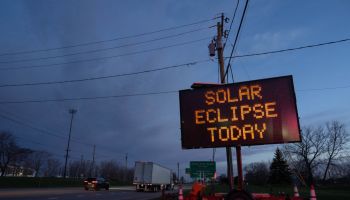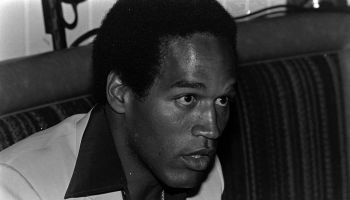Easter is the second most important candy-eating occasion of the year for Americans, who consumed 7 billion pounds of candy in 2001, according to the National Confectioner’s Association.
In 2000, Americans spent nearly $1.9 billion on Easter candy, while Halloween sales were nearly $2 billion; Christmas, an estimated $1.4 billion; and Valentine’s Day, just over $1 billion.
Ninety million chocolate Easter bunnies are produced each year.
Chocolate bunnies should be eaten ears first, according to 76% of Americans. Five percent said bunnies should be eaten feet first, while 4% favored eating the tail first.
Adults prefer milk chocolate (65%), to dark chocolate (27%).
Infoplease Poll
How should you eat a chocolate bunny?
starting with the ears
starting with the feet
starting with the tail
it doesn’t matter
Millions of Peeps
Each Easter season, Americans buy more than 700 million Marshmallow Peeps, shaped like chicks, as well as Marshmallow Bunnies and Marshmallow Eggs, making them the most popular non-chocolate Easter candy.
As many as 4.2 million Marshmallow Peeps, bunnies, and other shapes can be made each day.
In 1953, it took 27 hours to create a Marshmallow Peep. Today it takes six minutes.
Yellow Peeps are the most popular, followed by pink, lavender, blue, and white.
Jellybeans Could Circle the Globe
Americans consume 16 billion jellybeans at Easter, many of them hidden in baskets. If all the Easter jellybeans were lined end to end, they would circle the globe nearly three times.
Jellybeans did not become an Easter tradition until the 1930s. They were probably first made in America by Boston candy maker William Schrafft, who ran advertisements urging people to send jellybeans to soldiers fighting in the Civil War.
70% of kids aged 6–11 say they prefer to eat Easter jellybeans one at a time, while 23% report eating several at once. Boys (29%) were more apt to eat a handful than girls (18%).
Children indicate their favorite Easter jellybean flavors are cherry (20%), strawberry (12%), grape (10%), lime (7%), and blueberry (6%).
Increasing Demand
Candy makers are offering more and more Easter products. In the early 1980s, M&M’s became available in pastel spring colors. Reese’s makes peanut butter eggs, and Smucker’s produces jellybeans.
Some supermarkets have doubled the space allotted to Easter candy in the past few years as the market has increased.
Candy is a relatively recent Easter tradition. Chocolate eggs, the most popular Easter candy, were first made in Europe in the early 1800s.
Older Traditions
Hot cross buns were among the earliest Easter treats, made by European monks and given to the poor during Lent.
Pretzels were originally associated with Easter. The twists of a pretzel were thought to resemble arms crossed in prayer.
Non-Candy Substitutes
For parents worried that their children might eat too much Easter candy, some experts suggest adding non-edible items to Easter baskets: crayons, movie passes, jump rope, baseball cards, kids’ videos, stencils, markers, paperback books, chalk, Playdoh, stuffed animals or balls.
For more info visit:http://www.infoplease.com/spot/eastercandy1.html











